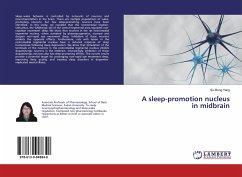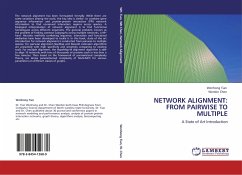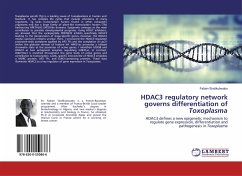
Role of the Subthalamic Nucleus in the basal ganglia network
Electrophysiological study in vitro in the normal and parkinsonian mice
Versandkostenfrei!
Versandfertig in 6-10 Tagen
32,99 €
inkl. MwSt.

PAYBACK Punkte
16 °P sammeln!
The Subthalamic Nucleus (STN) is a crucial component of the basal ganglia circuitry that participates in the control of motor behaviour. During Parkinson s disease (PD), pathological activities emerges in the STN and its targets structures (Globus Paallidus and Substantia Nigra Pars Reticulata). Those activities are correlated, rhythmic and coherent at both beta (13-30Hz) and tremor frequency (4-10Hz). Its lesion or its high frequency stimulation in parkinsonian patients and in animal models remarkably attenuates the motor symptoms of PD. How this excitatory structure interacts with the rest o...
The Subthalamic Nucleus (STN) is a crucial component of the basal ganglia circuitry that participates in the control of motor behaviour. During Parkinson s disease (PD), pathological activities emerges in the STN and its targets structures (Globus Paallidus and Substantia Nigra Pars Reticulata). Those activities are correlated, rhythmic and coherent at both beta (13-30Hz) and tremor frequency (4-10Hz). Its lesion or its high frequency stimulation in parkinsonian patients and in animal models remarkably attenuates the motor symptoms of PD. How this excitatory structure interacts with the rest of the basal ganglia network is still not well understood since controversial data have been published in the literature. In this book, in vitro and in vivo recordings from physiological conditions but also data from patients are reviewed and discussed in order to better understand how STN neurons discuss and interact with its targets in physiology and pathology.












